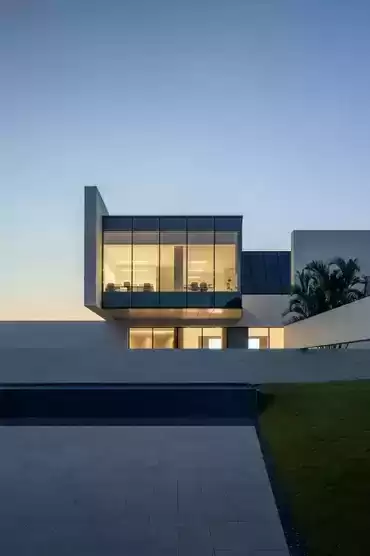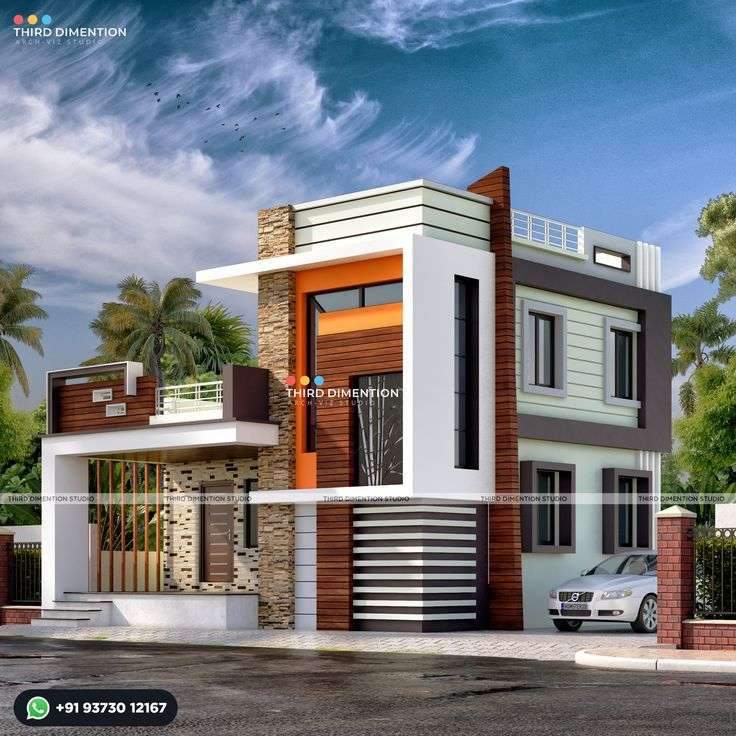How does architecture impact society?
Architecture is at its roots for creating the physical environment in which people live, but architecture is more than just the built environment, it is also part of our culture. It is a representation of how we see ourselves, as well as how we see the world.
While the concept of a shelter is a fairly simple thing, the style of the buildings was originally shaped by the climate of a particular site, the materials that were readily available, as well as the values of the community who build them. As the world became more connected, styles evolved, but even in modern construction, there is still importance in honoring the cultural nuances of the built environment.
There is also the understanding that architecture is a discipline in itself, and one could argue that it is equally important for architects to continue to push the boundaries of buildings in new ways, for the pure pursuit of the craft.
Architecture not only affects society at a high level, but also on a personal level, and can have a profound impact on its occupants. Everything from space design to material finishes can improve the health, mood, and productivity of occupants. It’s been proven that people who work in well-designed places take less sick leave, be more focused, and contribute more to their company in general.
Sterile concrete landscaping and non-fictional buildings cause higher stress levels. Designing buildings, as well as cities, to combat this, whether it’s beautiful and stunning architecture, or just a mindful connection to nature, helps humans feel more relaxed, happy, and engaged.
Well-designed architecture and the connection people have are not easy to quantify. However, we all know the feeling of walking into a space that feels just right. Not only is it functional, but it also resonates with you on a different level of your subconscious. While design for the function is certainly critical, it is important to tap into this emotional connection as well, as both speak of the sense of architecture experience. It is not just an intellectual understanding, but a connection between the user and the space itself in an emotional way.
Architecture is both an art and a science, based on and intertwined with psychology, sociology, economics, politics, and others. At INJ Architects, our design process involves spending significant time understanding the client, community, and environment the project will be in before any drawings begin.
We strive to learn from previous projects, both those that we have accomplished ourselves, and successful projects of similar scope that have been undertaken by others. The successful project comes from the understanding that the spaces and buildings we love evoke emotions in us that are not easy to quantify but arise from the process of collecting and implementing all this knowledge and research.
Technology also contributes to the practice of architecture and its impact on society. Our access to global data, research evidence, and the ability to instantly communicate with anyone, anywhere in the world has fundamentally changed the profession. Architects can undertake projects on very different continents, and draw on a globally recognized workforce, allowing a wide range of ideas and cultural backgrounds to influence a project. Technology has also changed the way we design: Computer-aided drafting, BIM modeling, and virtual reality, to name a few, have made it very easy to connect vision and reality, create unique and complex shapes and convey information in ways never seen before.







